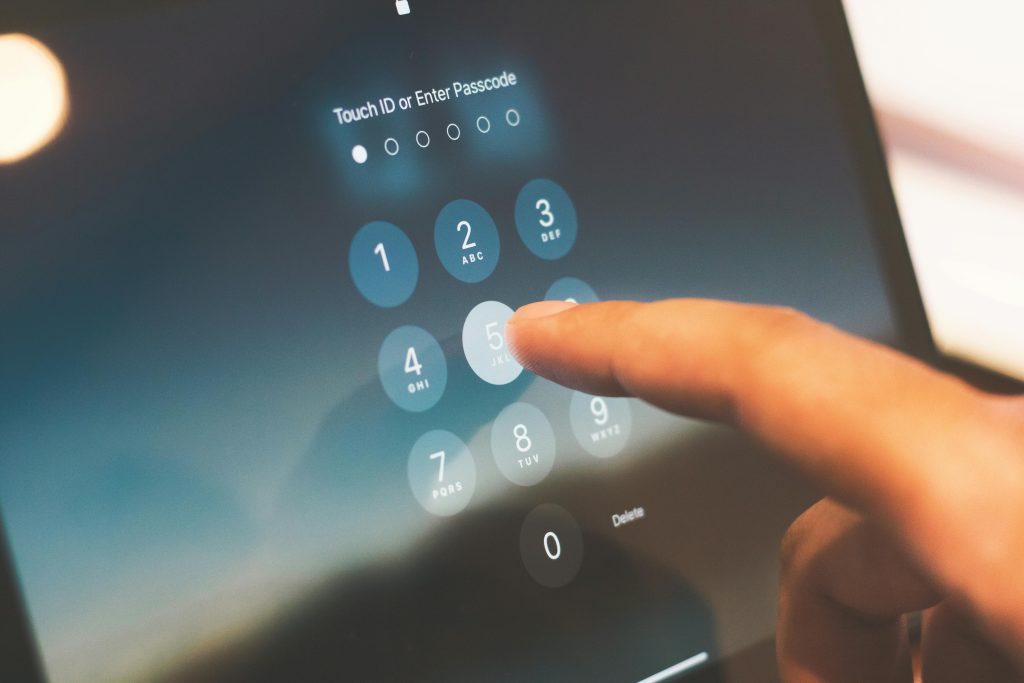How to Connect a Samsung HDMI Monitor to a MacBook Air: A Step-by-Step Guide
Many MacBook Air users seek to expand their workspace by connecting external monitors, and Samsung HDMI monitors are a popular choice due to their quality and affordability. However, establishing a reliable connection can sometimes be challenging, especially with the variety of adapters and hubs available. In this article, we will explore effective methods to connect your Samsung HDMI monitor to your MacBook Air, address common issues like lag, and recommend best practices for a seamless setup.
Understanding Your Setup
The MacBook Air, especially models released after 2020, primarily features Thunderbolt 3 (USB-C) ports, which allow for versatile connectivity options, including video output. Samsung HDMI monitors, on the other hand, typically use HDMI ports, requiring adapters or cables that bridge these connections.
Common Challenges
-
Adapter Compatibility and Power Limitations:
Many users start with third-party hubs or adapters, such as Anker hubs, to connect multiple devices. While these are convenient, they sometimes struggle to deliver sufficient power or data bandwidth, leading to issues like connected devices lagging or unresponsive. -
Performance Lag:
Lagging keyboards and mice can occur when the hub’s throughput is insufficient, or when multiple devices compete for bandwidth. -
Cable Quality:
Using subpar or incompatible cables can also cause sync issues or screen flickering.
Recommended Solutions
1. Use a Direct USB-C to HDMI Connection
Instead of relying on multi-port hubs, consider directly connecting your Samsung monitor to your MacBook Air using a high-quality USB-C to HDMI cable. This approach minimizes the potential for lag and signal degradation.
2. Select a Certified Adapter or Cable
Opt for cables and adapters that are certified for high-speed video transfer. Brands like Belkin, Anker, or Apple offer reliable options that support 4K resolution and high refresh rates.
3. Confirm Power Delivery Support
If you want to connect multiple devices or ensure your MacBook Air charges while connected, choose a hub or dock that offers sufficient Power Delivery (PD). This ensures stable performance and prevents lag caused by power limitations.
4. Configure Display Settings
Once physically connected, go to your MacBook Air’s System Preferences > Displays to configure display resolution, mirroring options, or extended desktop setup to suit your needs.
Addressing Your Specific Question
“If
Share this content:



